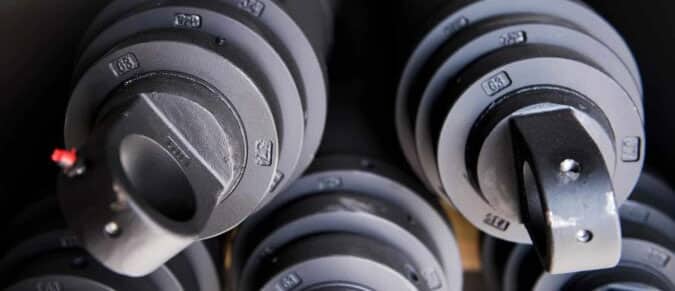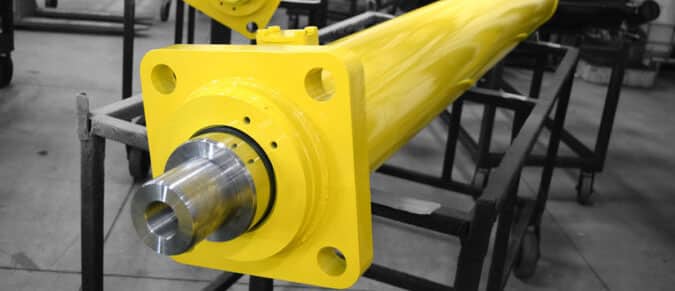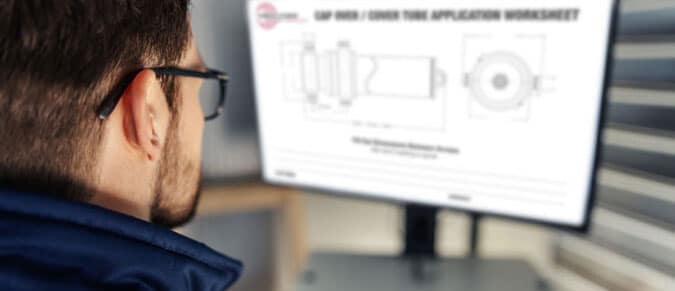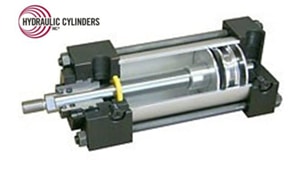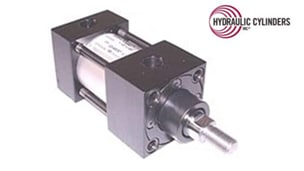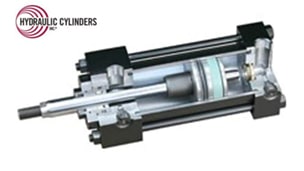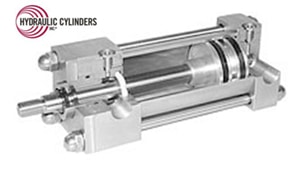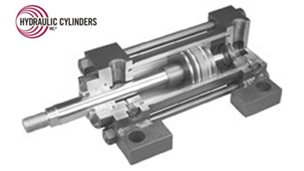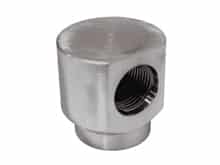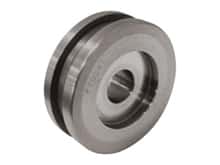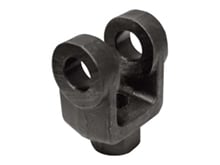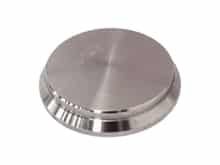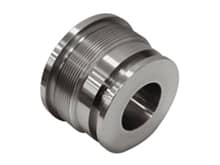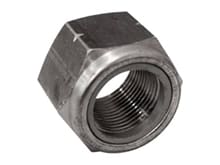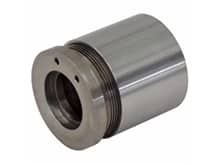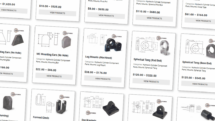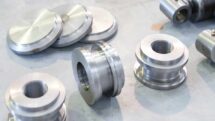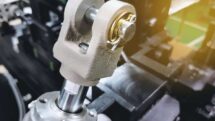Extending the Life of Hydraulic Cylinder Hoses
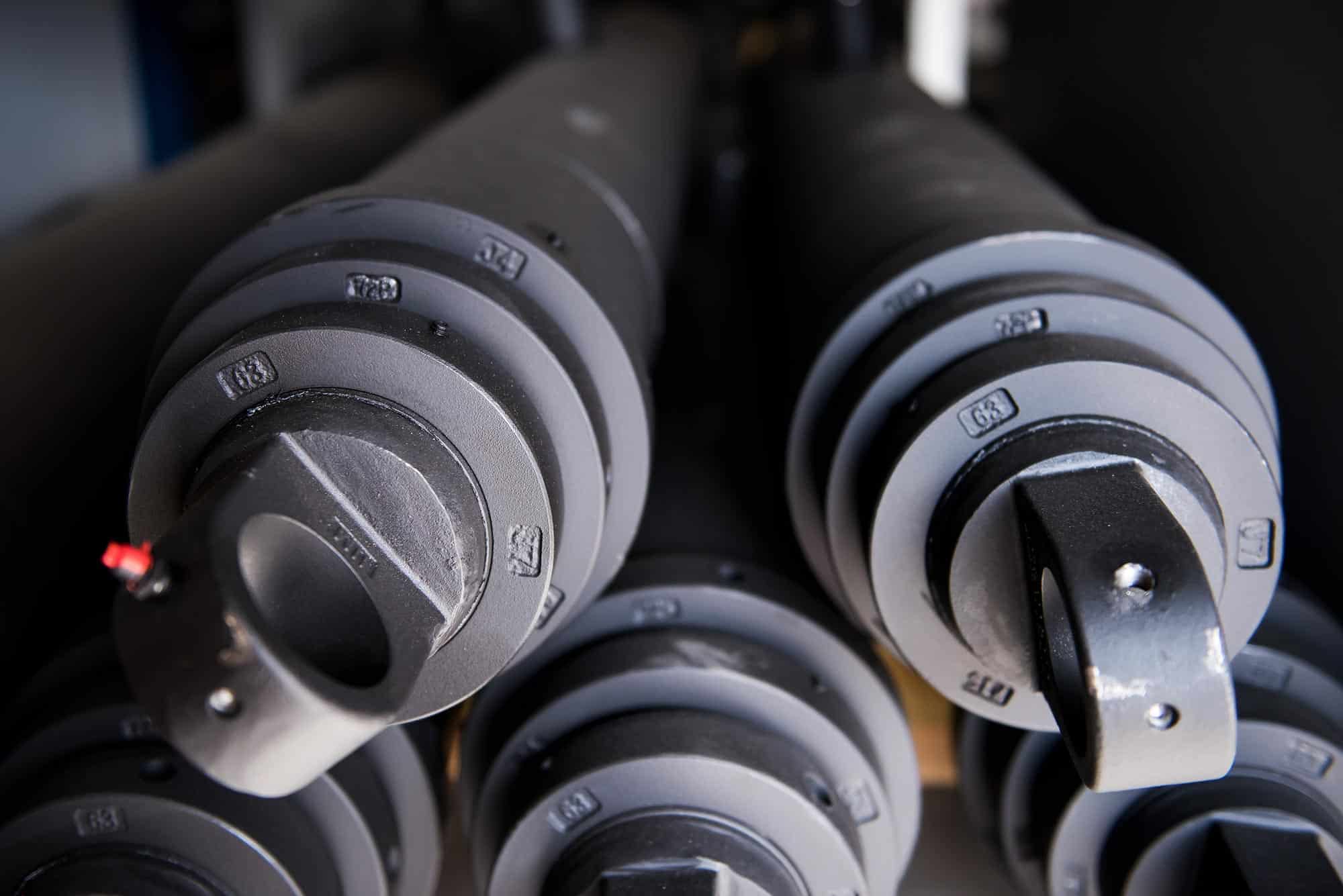
Hydraulic hoses are vital to any cylinder application, whether construction, agriculture, oil and gas, or dump trucks. Even though hoses have a rugged construction, the constant exposure to harsh work and environmental conditions makes them prone to kinking, bending, abrasion, and tears. This damage can eventually cause:
- Hydraulic fluid contamination
- System leaks
- Permanent damage to hose fittings, seals and other hydraulic system components
- Equipment downtime
As with all things mechanical, proper care and maintenance can prevent issues and extend the life of hydraulic hoses.
Tips For Extending the Life of Hydraulic Cylinder Hoses
Hydraulic hoses are multi-layered and typically consist of an interior tube, a woven reinforcement layer for added stability, and a cover to improve durability and protect the hose from corrosion and abrasion. Each layer is equally susceptible to premature wear if you don’t take proper precautions.
Protect Hydraulic Hoses from Damage
On a construction site, hydraulic cylinders and hoses are exposed to sharp concrete and steel, along with extreme temperature fluctuations. In oil and gas applications, factors like damaging UV rays and corrosive seawater accelerate hydraulic hose damage. Even pressure spikes and heat generated by the hydraulic system can cause issues.
Here’s what you can do to prevent accelerated wear and damage:
- Install clamps to route hydraulic hoses away from high-heat system components and prevent longer hoses from dragging or rubbing on rough surfaces.
- Use hose guards or wraps to prevent kinking and create an extra layer of protection from UV exposure, extreme temperatures, and abrasion.
- Place a pressure release valve near the pump outlet to reduce strain caused by sudden pressure changes.
Perform Regular Preventative Maintenance
Preventative maintenance is a critical step in extending the life of your hydraulic hoses. Remember to wear heavy-duty gloves, a hard hat, and eye protection while working. Hydraulic fluid can spill from hoses and cause burns or inject itself under the skin if handled in an unsafe manner.
- Wipe down the hydraulic cylinder and hoses anytime you perform preventative maintenance or routine checks. Clean equipment is easier to troubleshoot and can help expose subtle issues.
- Next, visibly inspect the unit for loose fittings. A loose fitting can allow oil to escape and air to enter the system. Common causes of loose fittings are worn or cross threads, incorrect or worn O-rings, or the fitting needs tightening.
- Regularly inspect hose fittings to ensure that all seals are intact and not compromised by damage or overuse. Ensure that fittings have not been overtightened, which can compromise the seal.
- Immediately replace hoses that show visible signs of wear, including leaks, gouges, cracks, or if the inner layers of steel wire are exposed. Replace rubber hoses at 5-to-7-year
- When replacing hoses, pay careful attention to the required pressure ratings and the intended
Choose the Right Hose for Your Environment and Application
Damage caused by pressure and corrosive hydraulic fluid often results from using the wrong hose in your system.
Hydraulic hoses should have a max working pressure equal to or greater than your hydraulic system’s working pressure requirements. Hoses also need to be sized appropriately for your system’s flow velocity requirements. Otherwise, your system is more prone to pressure spikes and hose leaks.
Chemical compatibility is also critical. Most hydraulic hoses have a rubber tube, but this material is not compatible with all media types. Highly corrosive fluids often require an interior tube made from thermoplastic or corrosion-resistant metal.
Failure of your hydraulic cylinders can wreak havoc on your project timelines and business goals. Following the tips above and keeping accurate service records will help get the most life out of your hydraulic hoses. Contact us to make sure you are using the best hydraulic cylinders for your business needs.

